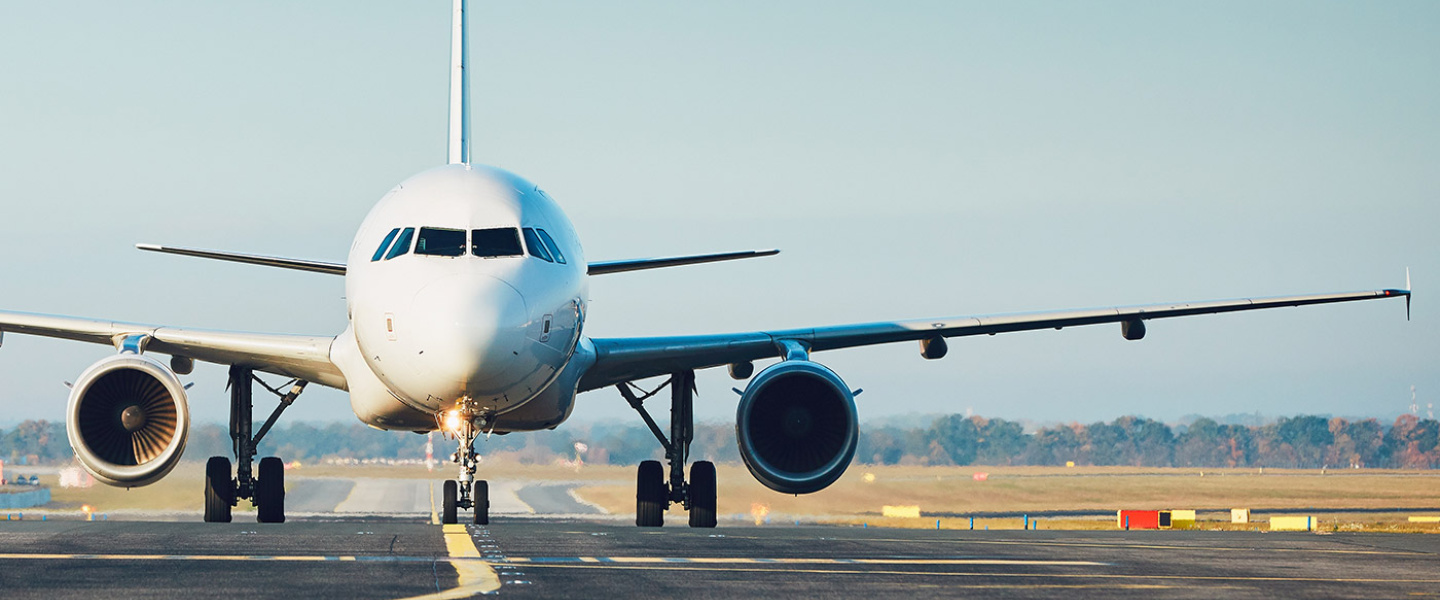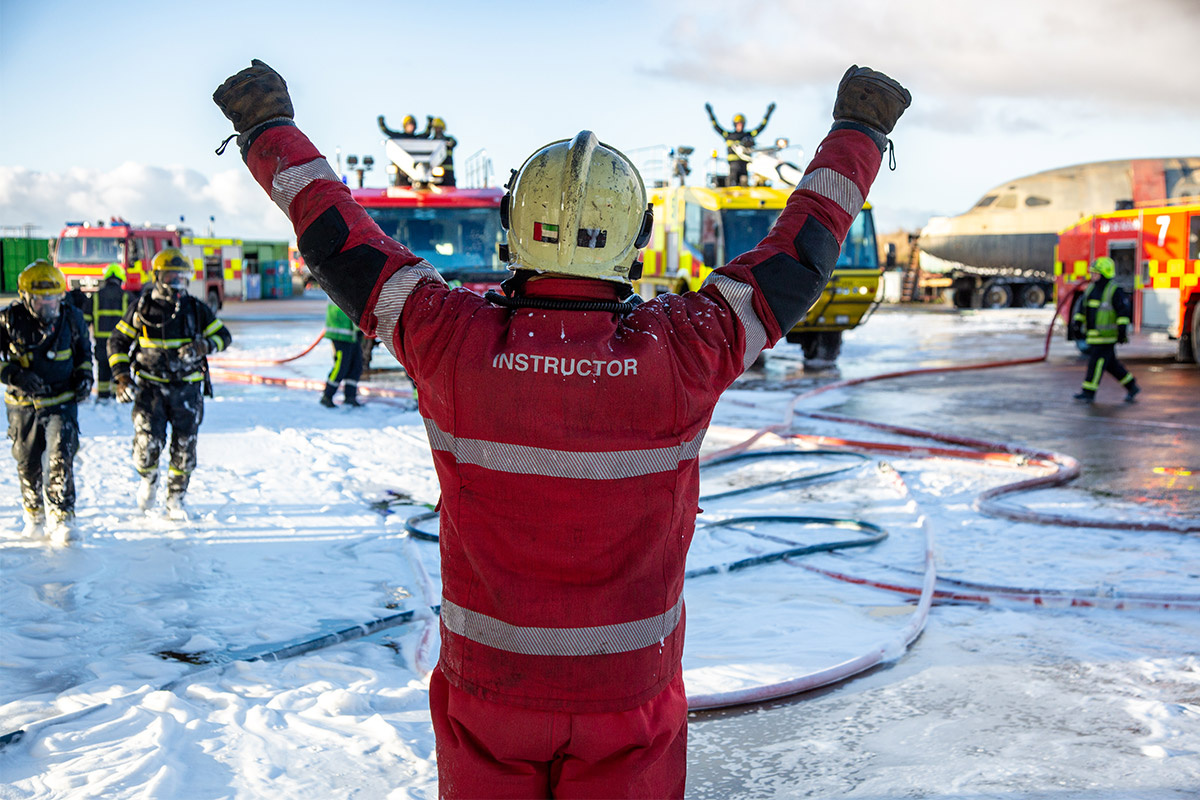By Jacqui Johnson, +impact Aviation Partner
Airports are the engines of regional and global growth, driving tourism, employment and investment. - yet the demands placed upon them are intensifying.
In the past five years alone, aviation has had to navigate a pandemic that grounded fleets worldwide, climate-related disruption that tested infrastructure to breaking point, and cyber incidents that halted operations in seconds. These events have reframed resilience from a ‘nice to have’ into an operational imperative.
In the UK and globally, airports must now think and act differently if they are to deliver uninterrupted services in the face of such volatility. Operational resilience is no longer just about recovery, it is about anticipation, adaptation, and the ability to sustain performance despite disruption.
Redefining Resilience in Aviation
Traditionally, resilience in aviation has been tied to infrastructure such as robust runways, reliable utilities, and well drilled emergency plans. Today, however, the scope is broader. Resilience must now be understood as an organisational capability that blends people, processes, and technology.
This is particularly important in the UK, where rising passenger numbers, heightened regulatory scrutiny, and a renewed emphasis on sustainability converge. Airports need to show that they can protect passenger safety, ensure security, and maintain operational flow even under severe strain. To achieve this, six levers of resilience are becoming central: cross trained teams, emergency preparedness, dynamic rostering, integrated systems and predictive analytics, and cyber security.
Cross Trained Teams: Building Workforce Agility
The aviation workforce is highly specialised, but specialisation can create vulnerability. When only one group of employees can perform a task, operations risk grinding to a halt if those individuals are unavailable. Cross training addresses this gap.
By equipping staff with overlapping skillsets in areas such as security screening, passenger assistance, or technical operations, airports create flexible pools of talent that can be redeployed at short notice. This approach also improves morale, as employees gain broader expertise and career pathways. In practice, it means that when disruption strikes, resources can be redirected seamlessly without compromising safety or service.
Emergency Preparedness: Beyond Fire and Rescue
Every airport has an emergency response plan, but the spectrum of threats is widening. Fire and Rescue Services remain essential, yet airports now need integrated readiness across a far broader range of scenarios. From medical emergencies and severe weather events to drone incursions and mass IT failures, preparedness must be holistic.
Scenario testing and live simulations are vital here. Airports that regularly test their responses with cross agency partners such as police, ambulance, and border control are better positioned to act decisively in real time. These exercises not only identify gaps but also build confidence across the workforce, ensuring that procedures are second nature when a real incident occurs.
With the on-the-ground operational experience through our emergency services teams at Serco, and the expertise of our International Fire Training Centre, +impact’s solutions in this space are well tested and work.
Dynamic Rostering: Matching Resources to Demand
Aviation is inherently unpredictable. Passenger flows can surge due to a single delayed flight or collapse overnight because of a geopolitical event. Static rostering models are no longer fit for purpose in this environment.
Dynamic rostering leverages real time data to optimise staff allocation. By aligning workforce availability with live passenger demand, airports can reduce bottlenecks, minimise fatigue, and improve customer experience. For UK airports facing seasonal peaks and unexpected disruptions, dynamic rostering offers the flexibility required to scale up or down quickly, while still maintaining efficiency and cost control.
Integrated Systems and Predictive Analytics: Data as a Shield
Airports generate vast amounts of operational data, yet too often it sits in silos such as air traffic, baggage handling, security, and facilities management. The next frontier of resilience lies in connecting these systems to create a single operational view.
When integrated, data streams can power predictive analytics that flag risks before they materialise. For instance, forecasting models can anticipate maintenance needs on baggage systems, highlight weather related vulnerabilities in runway operations, or identify passenger surges well in advance. This foresight enables proactive decision making, minimising disruption and reducing costs.
Integration also enhances collaboration. When all stakeholders including airlines and ground handlers have access to the same data environment, coordination improves, and the ability to respond in unison strengthens dramatically.
The ability to respond as a single airport team ensures a seamless guest experience for our passengers and users. Collaborative working and proactive stakeholder engagement are how we ensure joint success.
Cyber Security: Protecting the Invisible Lifeline
Digital infrastructure underpins every aspect of modern airport operations. From check in kiosks to air traffic management, systems are interconnected and highly dependent on secure digital networks. Yet this reliance has also created a growing attack surface for cyber threats. In Allianz’s Top Five Risks for the Aviation Sector 2025, cyber incidents are ranked as the #1 risk and 55% of civil aviation cyber decision-makers admitted to being targeted by ransomware in the past 12 months with 38% of those saying it caused operational disruption.
A cyber incident has the potential to cause as much disruption as a physical emergency, grounding flights, locking out staff, and undermining passenger trust. Building resilience therefore requires investment in advanced detection, continuous monitoring, and rapid response capabilities. Equally important is creating a culture of cyber awareness across all staff, not just IT teams. As aviation systems become smarter, so too must the strategies that defend them.
Building a Culture of Readiness
Perhaps the most critical enabler of resilience is culture. Tools and systems can only go so far without a workforce that embraces flexibility, preparedness, and collaboration. Leaders in aviation must therefore invest as much in mindset as in hardware.
This means embedding resilience into daily routines through regular drills, transparent communication, and recognition of adaptability in performance measures. It also requires strong collaboration with airports, regulators, airlines, and service providers to ensure resilience is a shared responsibility.
The Road Ahead
Airports will always be exposed to disruption. What matters is the ability to withstand and adapt to it without compromising safety or service. For UK airports, the imperative is clear. Operational resilience must become the foundation upon which growth and innovation are built.
A UK government study estimated that delay costs (for airlines, passengers, and carbon emissions) in a constrained airport system amount to £5.1 billion (present value) between 2021 and 2080. GOV.UK The same study suggested that better utilisation and optimisation (i.e. reducing delays) could yield an NPV of £2.3 billion between 2014 and 2030.
By cross training teams, strengthening emergency preparedness, adopting dynamic rostering, leveraging predictive analytics, and prioritising cyber security, airports can futureproof their operations against the unknowns that lie ahead.



